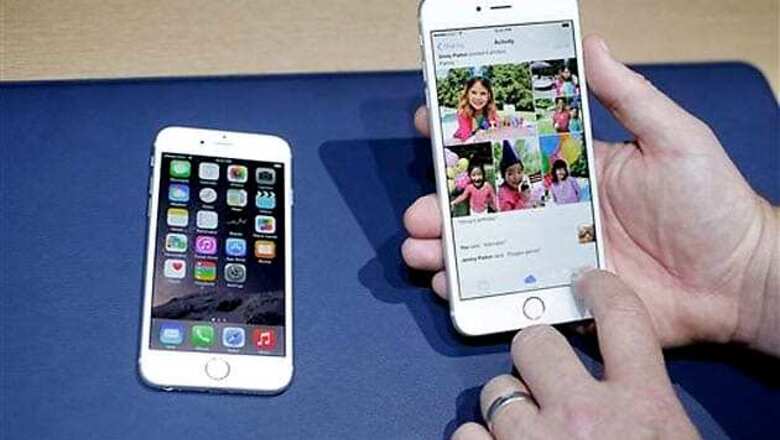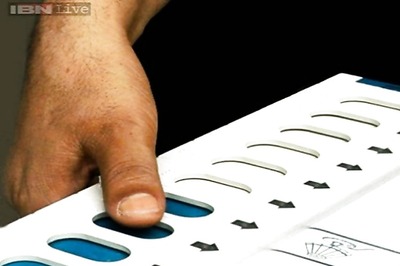
views
Apple's new 4.7-inch iPhone 6 and 5.5-inch iPhone 6 Plus are both larger than the current 4-inch models. They neutralise a key advantage Android phones have had: size.
And Apple managed to make its new phones thinner, with edges that are curved and fit nicely in the hands. Gone is the glass back, reducing the chances of breakage. The back will now be made of aluminium and feel more like an iPad.
To improve one-handed use, both new models will have a feature called reachability. With two light taps of the home screen button, the icons, controls and content on the top half of the screen snap to the bottom, so you can reach them with the same hand. Once you make your selection, everything snaps back to the top.
The iPhone 6 Plus also has new horizontal layouts to take advantage of the larger size.
Of course, apps have long worked either horizontally and vertically. On the Plus, horizontal viewing extends to the home screen, and apps will be able to arrange content in two columns.
When texting, for instance, contacts appear on the left and messages appear on the right. On smaller phones, including the regular iPhone 6, you get one or the other, not both side by side.
It's a small touch, but it shows that larger doesn't necessarily mean making everything bigger. Windows phones also make use of larger screens by squeezing in more content, but with Android phones, text and images just get blown up.




















Comments
0 comment